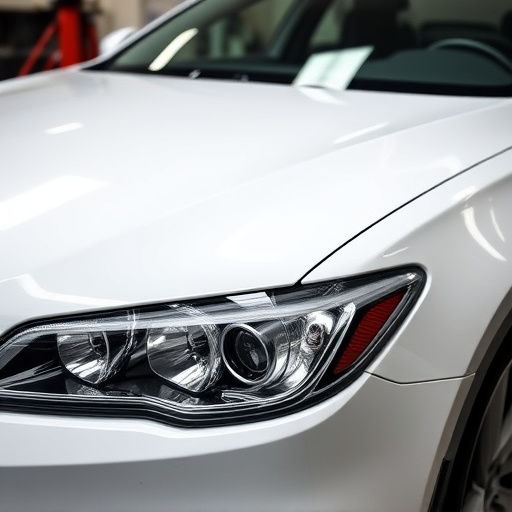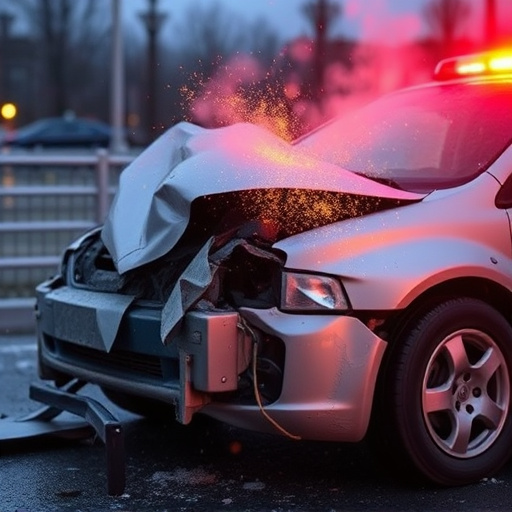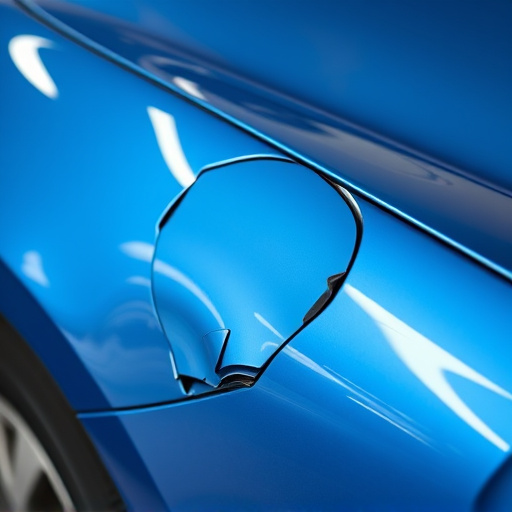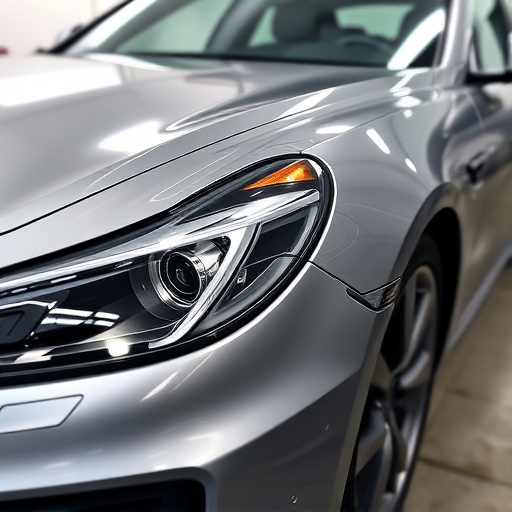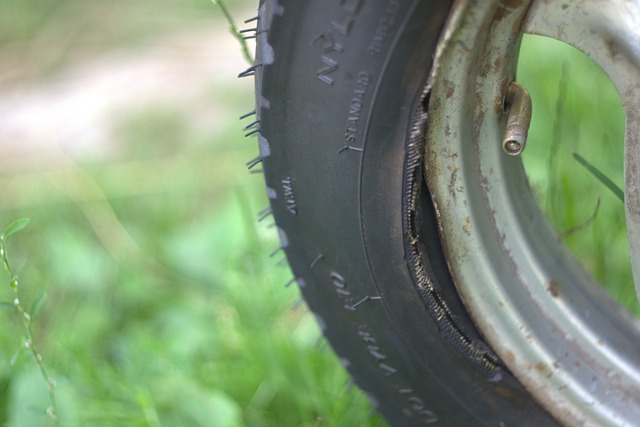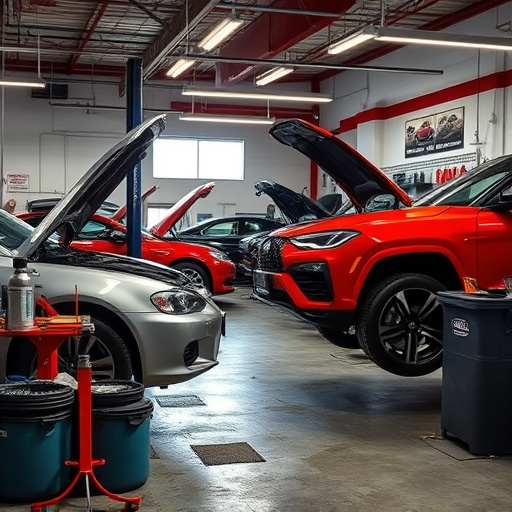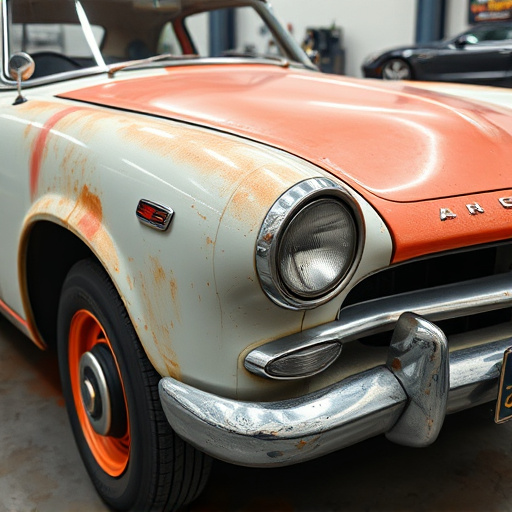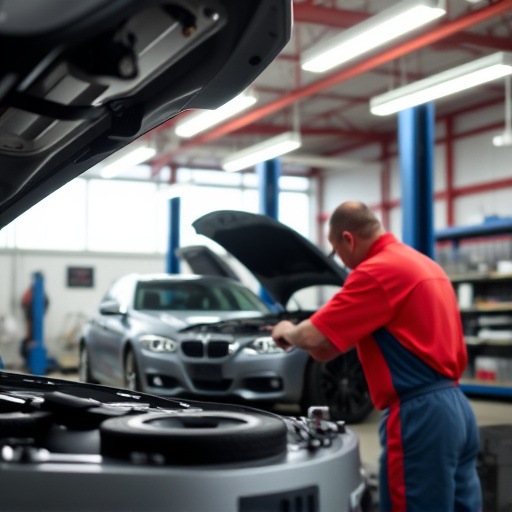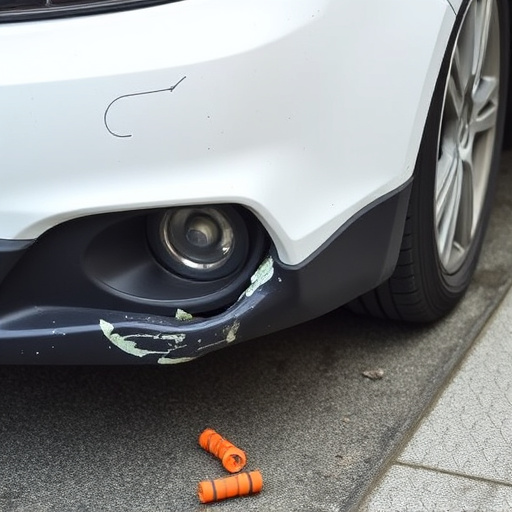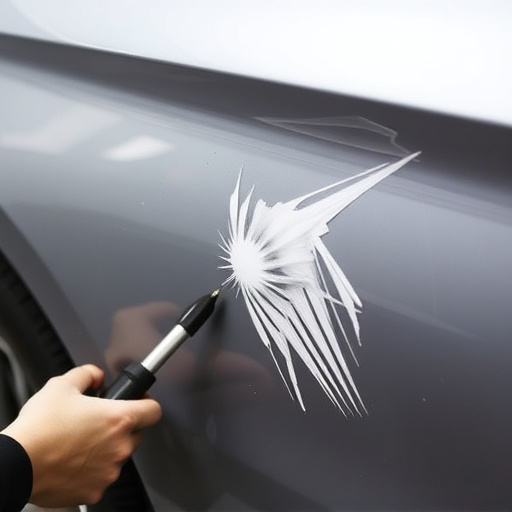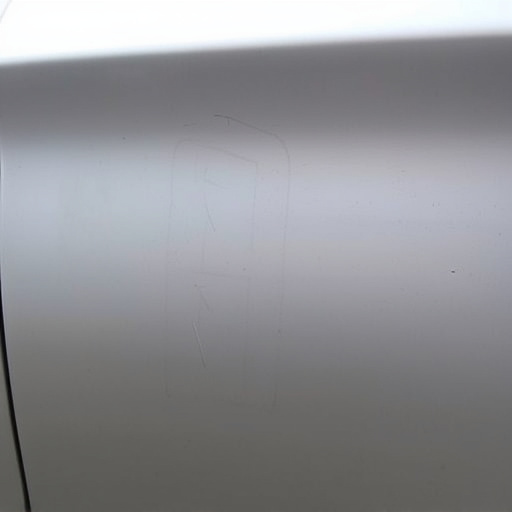Tesla bumper sensors, crucial for safety features, suffer from wear and tear from road debris and harsh conditions. Regular cleaning and maintenance, including prompt repair for malfunctions or physical damage, are essential to preserve performance and prevent potential hazards. Electrical issues, common causes of failures, require specialized Tesla bumper sensor repair knowledge and tools for optimal safety and reliability.
Tesla bumper sensors are integral for safety, but they can fail, causing concerns for drivers. This article delves into the most common causes of Tesla bumper sensor failures. We explore three primary issues: wear and tear from constant use, sensitivity problems due to dust and environmental factors, and electrical malfunctions stemming from loose connections or damage. Understanding these root causes is key to identifying when a Tesla bumper sensor repair is necessary.
- Common Part Wear and Tear Leading to Failure
- Sensitivity Issues: Dust, Debris, and Environment
- Electrical Malfunctions: Connections and Damage
Common Part Wear and Tear Leading to Failure
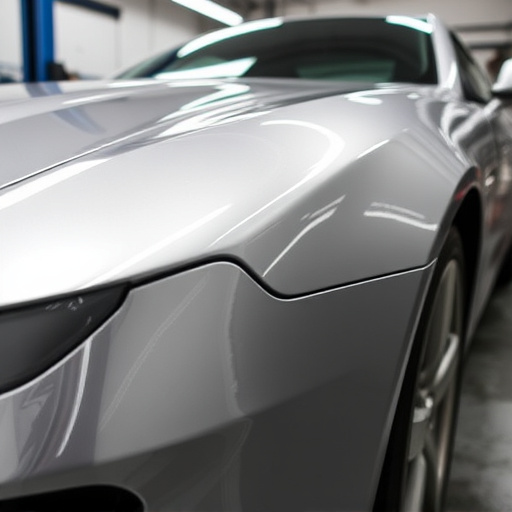
The Tesla bumper sensors, designed to detect obstacles and assist in parking or avoiding collisions, are integral components of modern vehicle safety systems. However, like any part exposed to constant use and varying environmental conditions, they are prone to wear and tear over time. Common issues arise from friction and impact with debris on the road, such as potholes, gravel, or even small stones kicked up by other vehicles. This gradual erosion can lead to sensor malfunction, causing false readings or complete failure.
In many cases, Tesla bumper sensor repairs become necessary due to this cumulative effect of wear. Regular use exposes these sensors to harsh conditions, and over time, their precision and reliability may diminish. Unlike some vehicle body repair issues that might be noticeable immediately after a collision, bumper sensor failures can creep up gradually, making them easy to overlook until they cause significant problems during critical driving situations.
Sensitivity Issues: Dust, Debris, and Environment
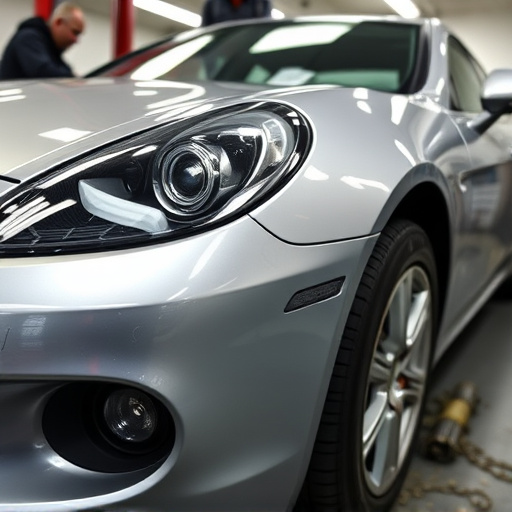
The Tesla bumper sensors, designed to detect obstacles and assist in parking or collision avoidance, are sensitive instruments. However, they can be affected by environmental factors, leading to malfunctions and eventual failures. One of the most common issues is sensitivity overload caused by dust and debris accumulating on the sensor. Even tiny particles can interfere with the sensor’s ability to perceive clear signals, causing it to trigger false positives or miss approaching objects altogether. This problem is exacerbated in regions with high dust or sandy environments, where regular cleaning and maintenance are crucial for optimal performance.
Moreover, extreme temperature fluctuations and exposure to harsh weather conditions can take a toll on these sensors over time. While Tesla provides robust protection, prolonged exposure may still lead to degradation, especially in regions with severe winters or frequent rain. Regular inspections and timely repairs, such as Tesla bumper sensor repair, are essential to prevent environmental damage from escalating and turning into more costly mercedes benz collision repair or even vehicle restoration issues. Keeping these sensors clean and well-maintained ensures your Tesla remains safe and reliable on the road, enhancing your automotive repair services experience.
Electrical Malfunctions: Connections and Damage
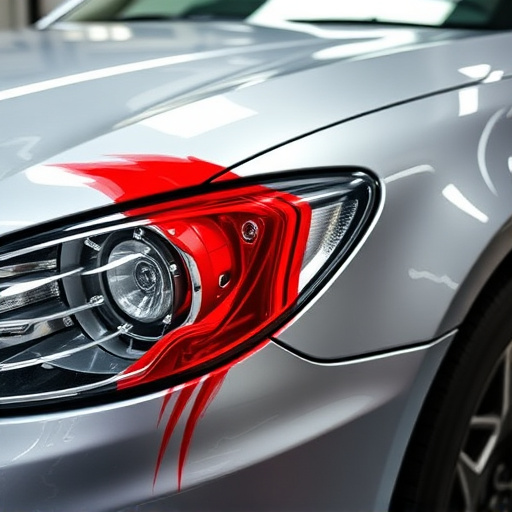
Electrical malfunctions are a common cause of Tesla bumper sensor failures. The sensors, which rely on intricate electrical systems to function properly, can experience issues due to loose or damaged connections. Over time, exposure to harsh weather conditions and road debris may weaken these connections, leading to intermittent or complete sensor failure. Additionally, physical damage to the sensor itself from rear-end collisions or impact with curbs can cause serious problems. Even minor bumps can disrupt the delicate circuitry within, requiring Tesla bumper sensor repair.
Comparing this to mercedes benz repair, while both involve intricate systems, the nature of damage differs. A car restoration for a classic Mercedes might focus on aesthetic and mechanical refinements, whereas Tesla bumper sensor issues are primarily electrical in nature. As such, specialized knowledge and tools are often required for accurate diagnosis and effective auto glass replacement or Tesla bumper sensor repair, ensuring optimal performance and safety.
Tesla bumper sensors are prone to failure due to various factors, including part wear and tear, environmental influences like dust and debris, and electrical malfunctions. Regular maintenance and timely repairs for these sensors are crucial for optimal vehicle safety and performance. If you’re experiencing issues with your Tesla bumper sensor, consider professional repair services to ensure your vehicle’s safety features remain effective.
